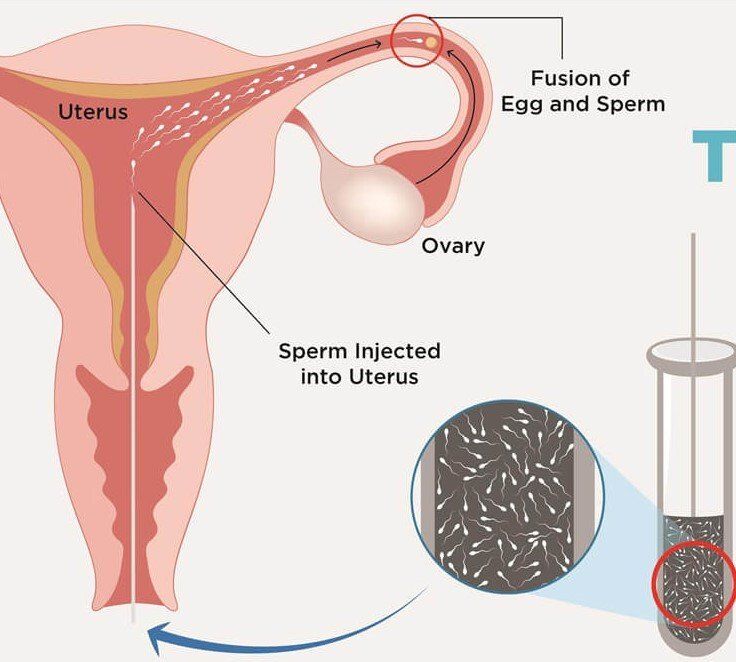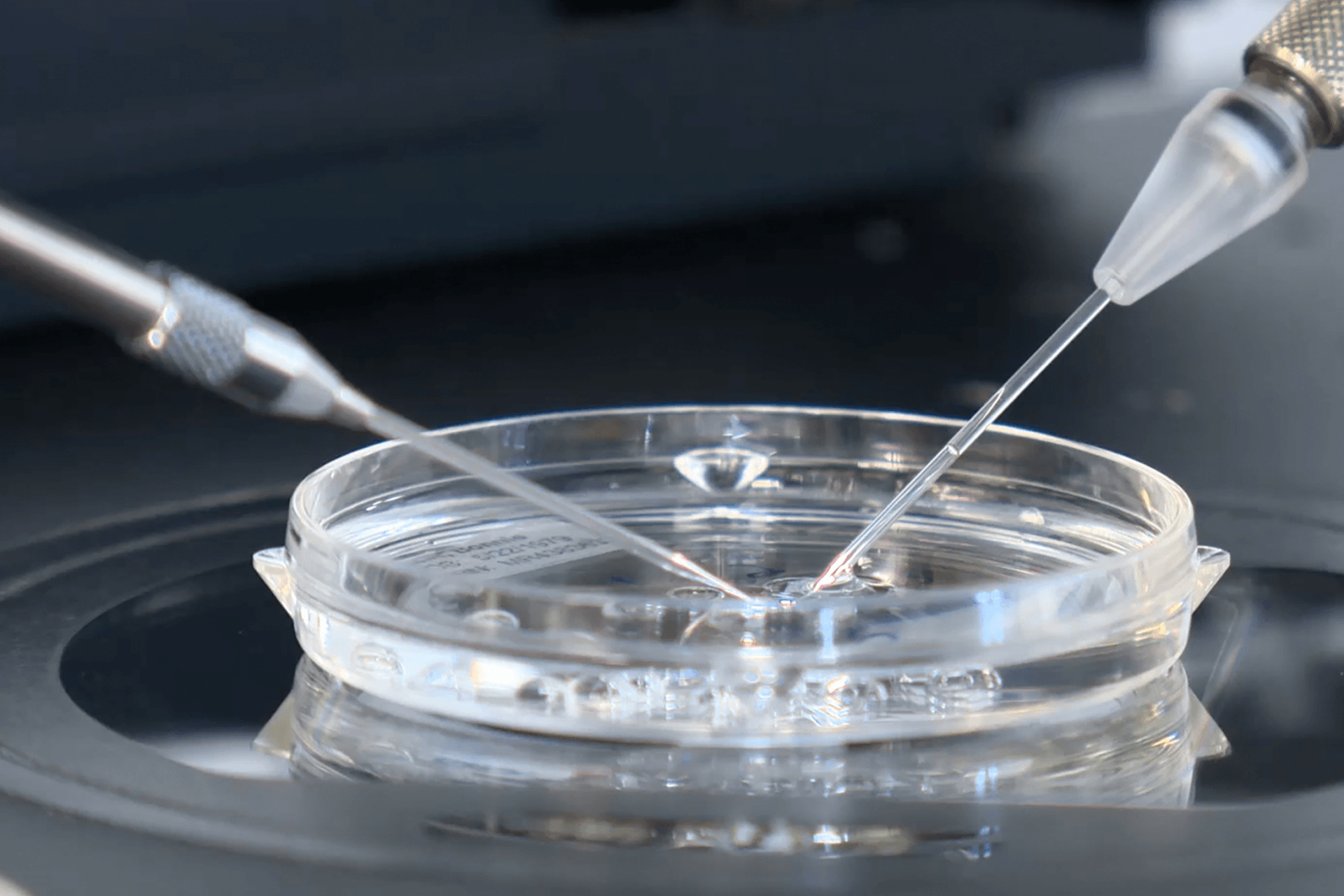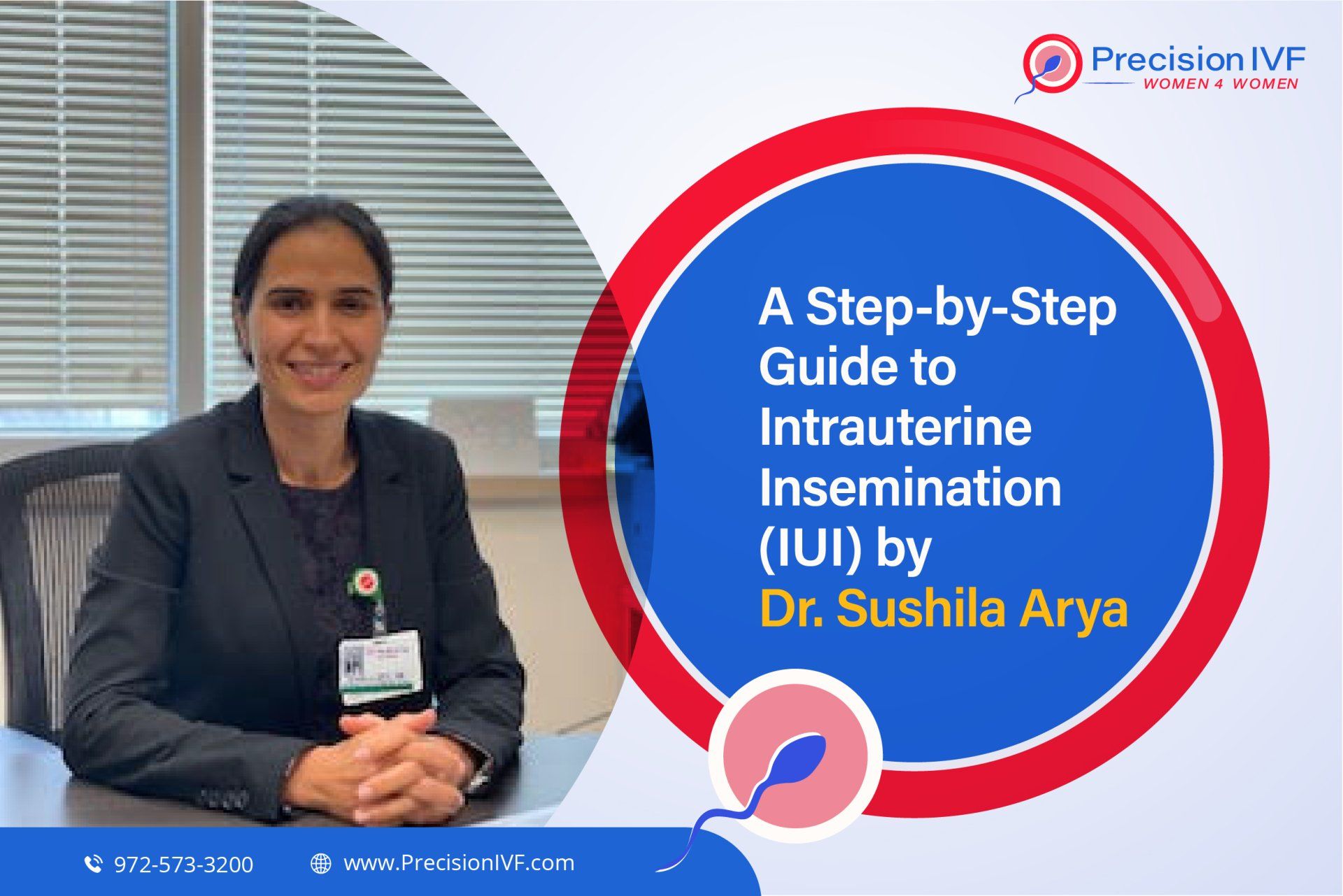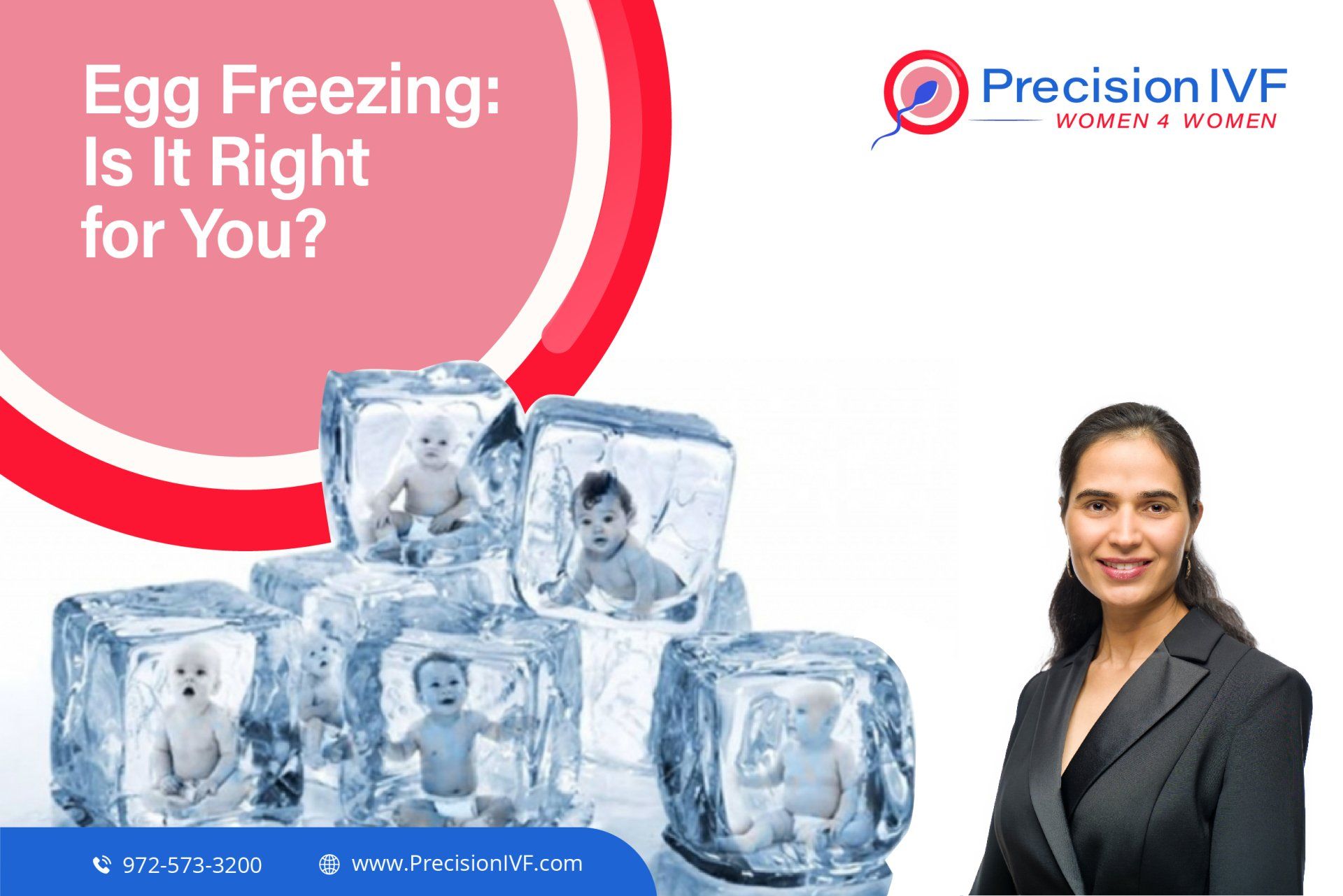Fertility Blog
Precision IVF's doctors present patients with the most up-to-date information about fertility treatments and reproductive health in an easy-to-understand format in our fertility blog.
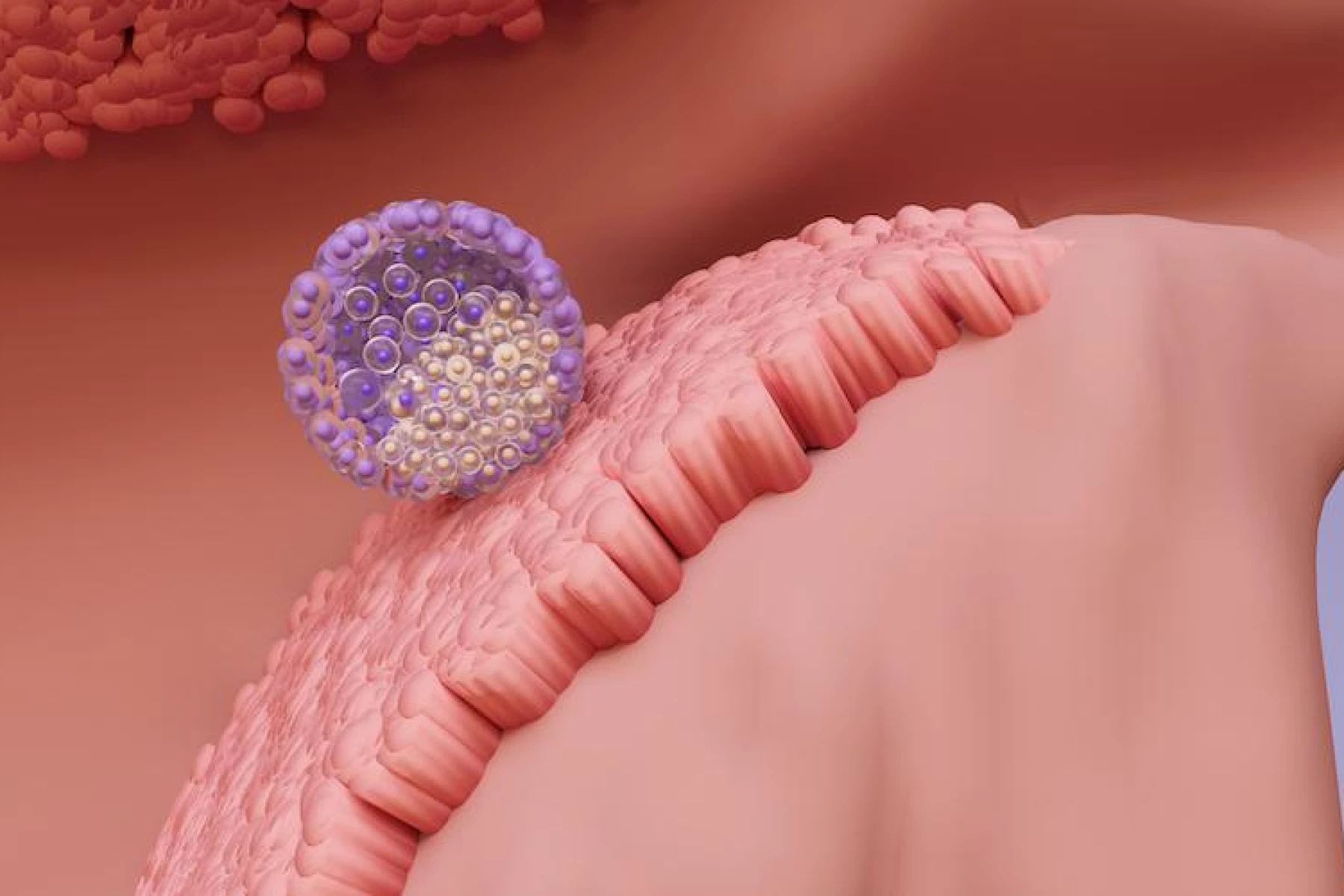
What is a frozen embryo transfer cycle? A frozen embryo transfer (FET) cycle means thawing one or more embryos (frozen during a previous IVF treatment cycle) and transferring that embryo (or embryos) to the uterus in order to try to establish a pregnancy. When is a frozen embryo cycle recommended? When ovaries are stimulated in a typical IVF or ICSI cycle, they produce multiple eggs for insemination and this often leads to a number of healthy embryos being created. Fresh embryo transfer may not be appropriate, or if the fresh embryo is transferred to the uterus on the 6th day of egg retrieval, the rest can be frozen to use if the first transfer does not result in a pregnancy, or at a later time to create a sibling. It’s not uncommon for practice to freeze all embryos after an IVF cycle and not to transfer any immediately if the lining of the uterus or hormone levels are not suitable or if a patient is at risk of developing ovarian hyper-stimulation syndrome (OHSS). It is also increasingly common for the fertility specialist to recommend that we freeze all of a patient’s embryos because the more natural environment in the uterus during a later cycle may have a better chance of establishing a pregnancy. Freezing embryos is also a potential avenue for a woman who wants to postpone pregnancy until later times like in her late 30s or early 40s but who understands she may not have suitable eggs of her own by then. What are the success rates of frozen embryo transfer? The pregnancy or live birth success rate depends on a number of factors, including the woman’s age and quality of the embryo. Frozen embryo survival rates are more than 90% if embryos are frozen by ‘vitrification’ at the blastocyst stage (5-6 days after fertilization). If they are frozen by ‘slow freezing’, approximately 80% survive the freezing and thawing process (old method). If an embryo vitrified at the blastocyst stage is thawed and transferred, it has approximately the same success rate as a fresh embryo. There is no evidence that frozen and thawed embryos result in a greater number of miscarriages or abnormalities. What does a frozen embryo transfer cycle involve? When you are ready to begin a FET cycle, contact your clinic/IVF coordinator. There are a few necessary steps before FET treatment can be started. Before a frozen embryo can be transferred into your uterus, the lining of the uterus (the endometrium) must be prepared to the right stage in either a ‘natural cycle’ or a ‘programmed aka hormone replacement therapy cycle.’
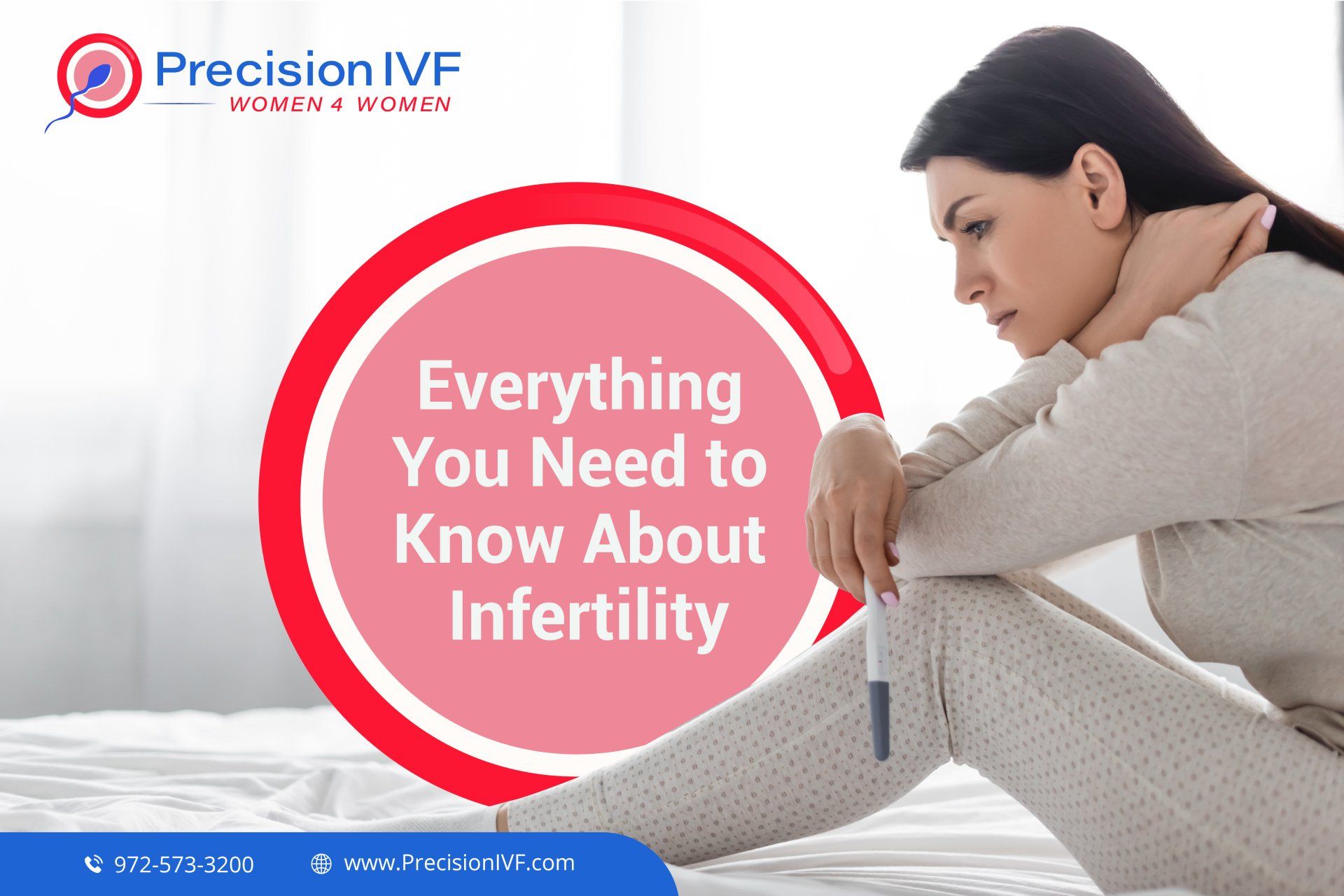
Learn everything you need to know about infertility, from its definition to treatment options. Learn about the signs and symptoms of infertility in men and women, as well as the risk factors, medical illnesses, and drugs that may play a role. Dietary advice, natural therapies, statistics, and more are all available.
